
|
||
|
Portland art blog + news + exhibition reviews + galleries + contemporary northwest art
|
||
Printmaking, Pollock and Poetics: A Conversation With Terry Winters
Since the 80's the Brooklyn born Terry Winters has been at the forefront of painting and his works can be found in the collections of MOCA, MoMA, Reinia Sofia, The Whitney and The Walker Art Center. He is represented by Matthew Marks Gallery. Special thanks to Terry Winters and the Matthew Marks Gallery.
Terry: It was great - I was part of the installation crew. The Field is extraordinary, it's a total artwork. It was the first time I spent in the Southwest and also my first direct exposure to Native American art, to the landscape and the environment. All an inspiring revelation. Arcy: Is that something you still carry with you now? Terry: It really affected me both on a personal level and in terms of my own work. Arcy: So when you say Native American art, are you more interested in Navajo rugs and Zuni fetishes or other objects? Terry: All of that - the native architecture, the objects and their relationship to the culture and the landscape. Arcy: When I look at your work, I've always had this feeling that you're interested in both primitive and tribal art and also technological images generated by a computer. Your work feels like a hybrid, or blending of both of these worlds. Terry: I'm interested in accessing the irrational realms that so much tribal work describes, but using contemporary means to get there. Arcy: Most tribal cultures do it so beautifully within their own languages, but if you're not within their culture, you can't access it in the same way. Terry: Not in the same way, but those realms are here, now - they're still available. It's just a question of working very directly without nostalgia or sentiment - through our own culture.
Arcy: When you're looking through your books of reference images that you assemble, what are the qualities you're looking for that make you want to explore them in a series of drawings or in a painting? Terry: It's really about following my own curiosity, it's a very intuitive response to images and materials - a desire on my part to make poetic connections, or at least to somehow experience these things as expressive forces. Arcy: When you say poetic connections, I thought of the painting Good Government from 1984. The painting is almost like a large table in a natural history museum filled with these beautiful organic shapes. As you move across the painting, scanning from one shape to the next, the viewer becomes more aware of the space of the canvas and the way it can be inhabited by these different objects. In your more recent paintings, like Color and Information or Standardgraph/1, it seems like the surface disappears and becomes more like screen that allows for the viewer to sink deeper into the space of the paintings. If your work in the eighties was more about a linear scanning of the picture plane, it seems like you're much more interested now in trying to go deeper into the pictorial space.
Terry: Deeper and wider, that's always the job description. (laughs) And longer, if possible - just widen the field of exploration and not have the readings so easily reduced. I think a lot of the early work focused on biological and botanical processes. My interest is really more open-ended, both in terms of the references and the independence of the painted images as autonomous objects. Arcy: Is it that you wanted the images to exist on their own, outside of you? Terry: Definitely, that's the intention. Arcy: What is the process that brings you to thirty, forty or fifty drawings on a certain subject or range of images? Terry: I have some desire to work laterally, I like the notion of a horizontal, experimental field. Working in series is a way to relieve the pressure that builds from working on an individual piece. There's a lot of potential for surprise and invention, and it's a way for me to expand the territory. As to how many, sometimes it's just conditioned by circumstances of the moment and the changing rhythm of how I work. Arcy: It's almost like you're sifting through your reference images with your hands rather than just your eyes. Terry: I'm feeling my way through the space, and I'm trying to build a very physical and optical condition. The approach is almost architectural or sculptural in that the material builds to a point where the images somehow appear. It's a collaboration between image, material and the local conditions.
Arcy: That's fascinating. When Pollock dripped paint, he showed us there was so much freedom in that process, but at the same time, he closed it down because he did it so well, so beautifully. Terry: He invented an image that he couldn't keep repeating. He needed to move on and to open up the image he'd invented to other approaches. That's the beauty and the courage of the late work and it's great contribution. It expands the abstract language he developed. He was looking for other ways to make marks and produce images. I think he just ran out of time. Arcy: It also seems like with the late work there was such a tremendous struggle. Terry: Oh yeah, how much can one guy do? If you look at the move from the early paintings to the classic pictures and the late paintings - it's a tremendous range. Arcy: It was always strange for him to pick up brushes again and try to make a mark. Terry: The brushes were an attempt not to be so tied to one technique. Arcy: Do you feel like you're working in the vein of Pollock, continuing his ideas? Terry: If you're not making media-generated work, or dealing with pop imagery, you have to come up against what Pollock did.
Arcy: You collaborated with the architect Rem Koolhaas at an installation at the Lehman Maupin Gallery when it was in SoHo. What was that experience like? Did you find there was some common ground between art and architecture? Terry: We both had an interest in where those two things would connect. Rem had an idea that we could do an installation with a lot of paintings - in the spirit of the Constructivists. Up until that point, I was producing large series of drawings - I hadn't done that with the paintings. This was an idea that would allow me to generate paintings in the same way I had with the drawings and prints. The images within the paintings were built by combining two or more sets of information in one picture. The installation allowed me to see what was happening within a single painting and across a group of related pictures. Arcy: Do you use a projector to enlarge or transfer your reference images on to the drawings and paintings or are they always drawn by hand? Terry: I'm interested in the way that the scanning and the projection allow me to extend the handmade aspects of the work. It gives me a way of looking at the work and removing myself. It's another level of investigation, another degree of distance. Arcy: Does that mean when you're working with the images, you're trying to pull the structure out of the images, and to further remove it from its source? Terry: It's an improvisational response to the images. The specific origins become re-specified - new configurations emerge and take on new meanings. Arcy: I can really see that tension between the mechanical and the hand-drawn in your printmaking. Terry: Right, that's really where they touch. The technology involved with reproduction and printmaking has changed the way we look at imagery and that can feed back into painting.
Arcy: When you work on your paintings, do you say you're going to explore a certain set of reference images, or is it looser? Terry: It's kind of loose and chaotic and hysterical (laughs), but also somehow purposeful. I'm interested right now in trying a stricter methodology where the drawings are used to build the paintings - to see how these initial inscriptions can be illuminated through the painting process. Arcy: When you transform your drawings into paintings, there's a lot more information - changes in colors, changes in the thickness of the brush, all kinds of things that come into play that were really never there in the initial image. That transformation and growth is nothing short of miraculous. Terry: Or accidental. The miraculous accident that we're all looking for. (laughs) Arcy: Is there a way you are able to open yourself up to that process? Terry: That's the goal - to get out of the way and allow the painting to take over. The painting process becomes a visualization of technique that follows its own logic. Arcy: That way the painting gets to have a life of its own. Terry: Yes, at least to do away with any preconceptions and allow the pictures to develop out of the necessities and conditions that are there while you're painting them. Arcy: It seems so clear, obvious and easy, but it's none of those things. Terry: I hope to be clear in describing the process, but the experience of making the painting isn't linear. The best things tend to come by surprise or emerge from the circumstances. Arcy: As a painter, you have to embrace that other side - the non-linear, non-rational, this other part that is so integral to the process.
Arcy: I want to read you one of my favorite quotes about the Abstract Expressionists from you and get your impression. "They invented a world to be explored, not to be moved away from, and one that's not exhausted, but barely begun - a stepping stone into a place we can't imagine yet." To me, it was such a revelation to hear that quote. Terry: Me too, when did I say that? Arcy: That was in Art in America (April 2005), Carol Diehl wrote an article on some of your recent work. It was very open, and really looked at the opportunities of the present moment and where it might go in the future. Terry: That's the great thing about painting - that it has a long development over centuries, up to the present. Although it's always difficult to add to the conversation, painting is in a very exciting place in terms of what's being explored right now. Arcy: What do you think the role of younger artists is in dealing with the history of Abstract Expressionism and where do you think painting might be heading today? Terry: I don't know, wherever painters take it. Abstract Expressionism gave us a new sense of scale and space - it's still the measure. Arcy: May I ask your thoughts on certain painters? Terry: Oh, that'll be tough. Arcy: When you look at Mark Rothko's paintings, do you think that there's crossover between the ideas he was working with and the ideas you find yourself working with? Terry: That generation of painters was very important to me, in their attempt to forge mythological language. That was Rothko's primary concern. Arcy: Do you feel like you're making your own mythological language? Terry: One hopes. William Burroughs wanted to make "a new mythology for the space age." I'm interested in that happening - whether by design or accident.
Posted by Arcy Douglass on April 11, 2007 at 11:52 | Comments (1) Comments Definitely one of my top 4 living abstract painters... too bad that painting from the UBS show couldn't stay in Portland. A major painting by Winters, Ellsworth Kelly, Marc Grotjahn and Karen Davie all would show how healthy that genre has become without the recent interference of Greenberg... yet it would definitely fit in with the Portland Art Museum collection, but in idea/definition expanding way. There is definitely room to grow. Posted by: Double J Post a comment Thanks for signing in, . Now you can comment. (sign out)
(If you haven't left a comment here before, you may need to be approved by
the site owner before your comment will appear. Until then, it won't appear
on the entry. Thanks for waiting.)
|
| s p o n s o r s |
 |
 |
 |
 |
 |
 |
 |
 |
 |
 |
 |
 |
 |
 |
 |
 |

|
Site Design: Jennifer Armbrust | • | Site Development: Philippe Blanc & Katherine Bovee | |


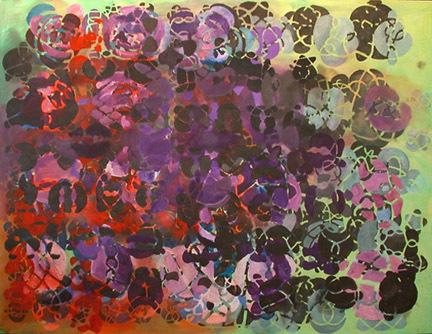
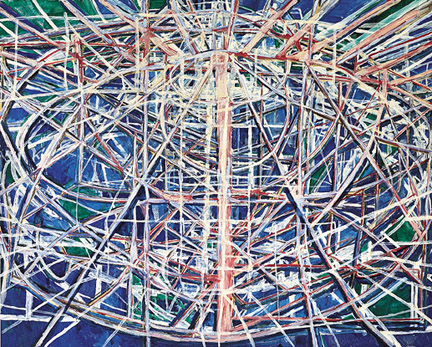
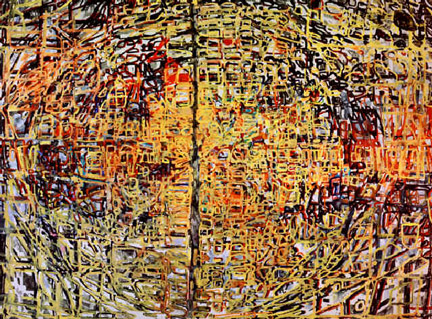
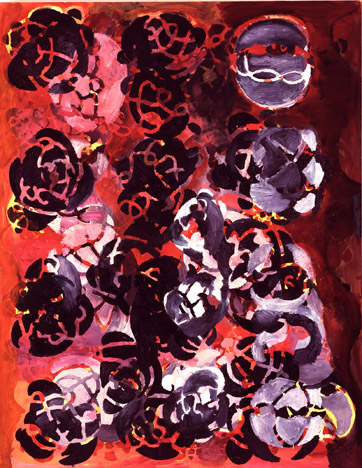
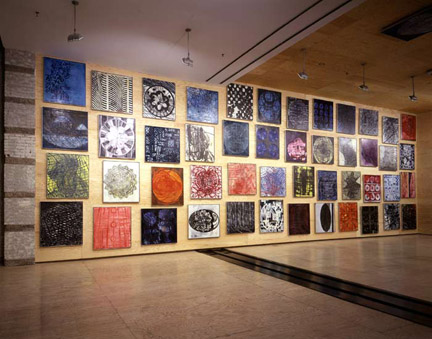
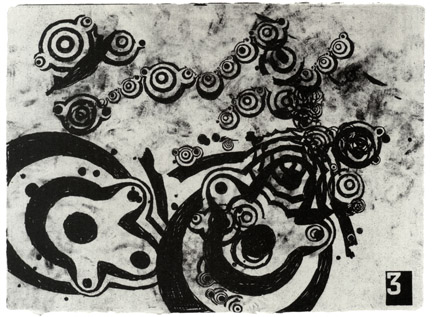
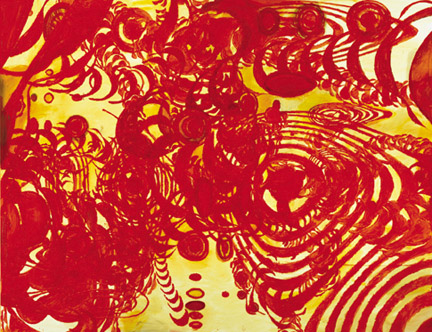
![[TypeKey Profile Page]](http://www.portlandart.net/nav-commenters.gif)